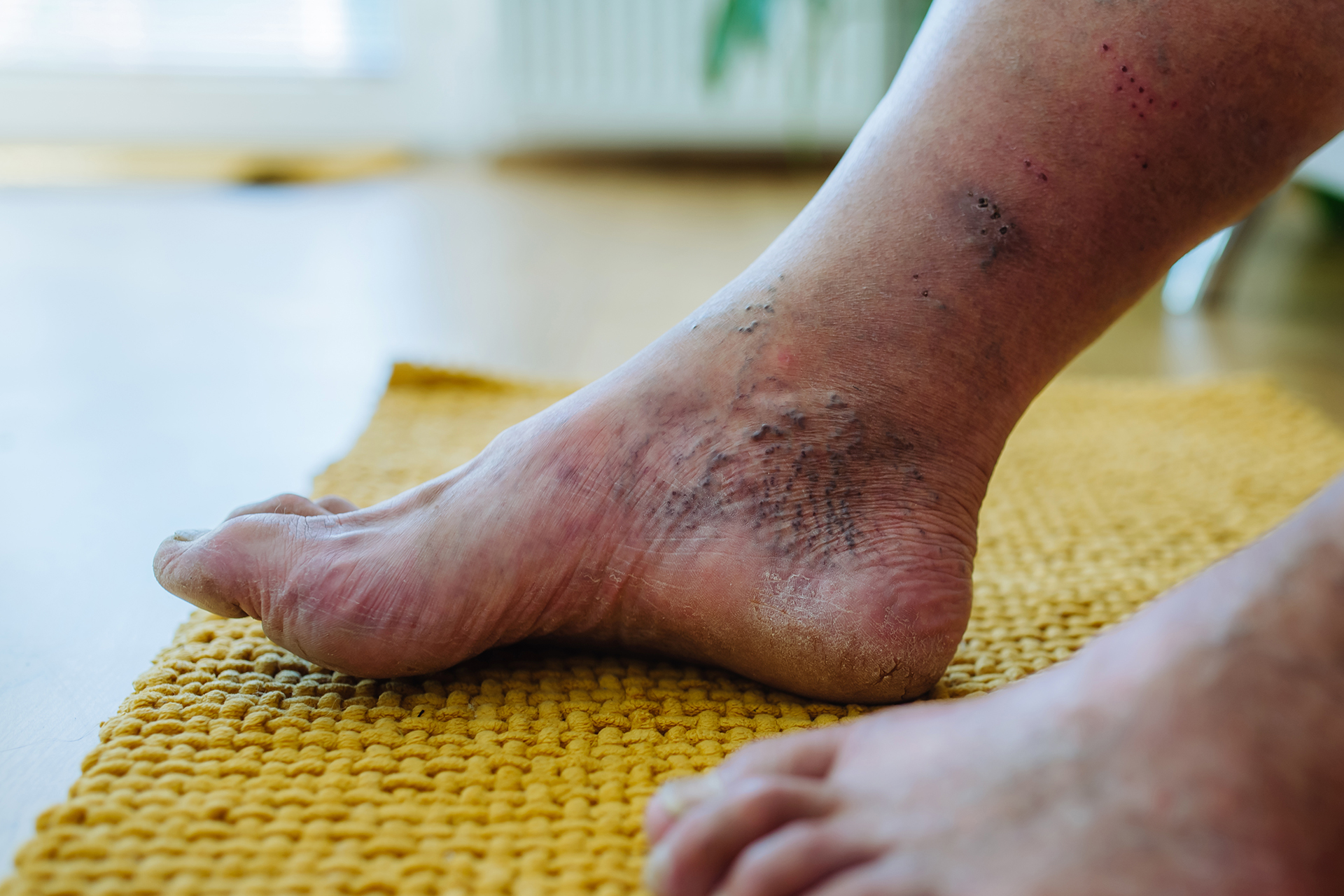Wrist injuries are common and can significantly impact daily activities. Whether it’s a result of sports, repetitive strain, or accidents, addressing wrist injuries promptly and effectively is crucial for a speedy recovery. In this guide, we’ll delve into the world of wrist injury treatment, exploring various strategies to help you heal and regain functionality.
Understanding Wrist Injuries:
Wrist injuries encompass a range of conditions, including sprains, fractures, and tendonitis. These injuries can occur due to sudden trauma or overuse, leading to pain, swelling, and limited mobility. Understanding the specific type of injury is key to determining the appropriate treatment approach.
Immediate Care for Wrist Injuries:
In the immediate aftermath of a wrist injury, it’s essential to administer first aid promptly. Remember the R.I.C.E. technique: Rest, Ice, Compression, and Elevation. Rest the injured wrist, apply ice packs to reduce swelling, use compression bandages to support the wrist, and elevate it above heart level to minimize inflammation.
Medical Evaluation and Diagnosis:
Seeking professional medical evaluation is crucial for accurate diagnosis and appropriate treatment. Your healthcare provider may recommend diagnostic tests such as X-rays, MRI, or ultrasound to assess the extent of the injury and rule out any underlying complications.
Treatment Options:
Treatment options for wrist injuries vary depending on the severity and type of injury. In mild cases, conservative treatments such as immobilization with a splint, rest, and over-the-counter pain medications may suffice. However, more severe injuries may require surgical intervention to realign fractured bones or repair damaged ligaments.
Rehabilitation and Recovery:
Rehabilitation plays a vital role in restoring strength, flexibility, and functionality to the injured wrist. Physical therapy exercises targeting range of motion, strengthening, and proprioception can expedite the recovery process. A structured rehabilitation program tailored to your specific injury and needs is essential for optimal outcomes.
Preventive Measures:
While recovering from a wrist injury treatment, it’s essential to take preventive measures to reduce the risk of reinjury. This includes practicing proper ergonomics, maintaining good posture, and incorporating wrist-strengthening exercises into your routine. Additionally, warming up before physical activity and using protective gear during sports can help prevent future injuries.
Lifestyle Modifications:
Making lifestyle modifications can also contribute to preventing wrist injuries. Ensure your workspace is ergonomically designed to minimize strain on your wrists and practice proper lifting techniques to avoid undue stress. Additionally, incorporating stress-relief techniques such as mindfulness and relaxation exercises can help reduce tension in the wrists and prevent overuse injuries.
Seeking Professional Help:
If you’re experiencing persistent wrist pain or difficulty performing daily activities despite self-care measures, don’t hesitate to seek professional help. A qualified healthcare provider, such as an orthopedic specialist or physical therapist, can assess your condition, provide personalized treatment recommendations, and guide you through the recovery process.
Takeaway
Wrist injuries can be challenging to navigate, but with the right treatment and care, you can overcome them and regain full functionality. By understanding the nature of your injury, seeking timely medical evaluation, and committing to a comprehensive rehabilitation program, you can pave the way for a successful recovery. Remember to prioritize your wrist health, listen to your body, and seek professional help when needed to ensure a smooth road to recovery.






